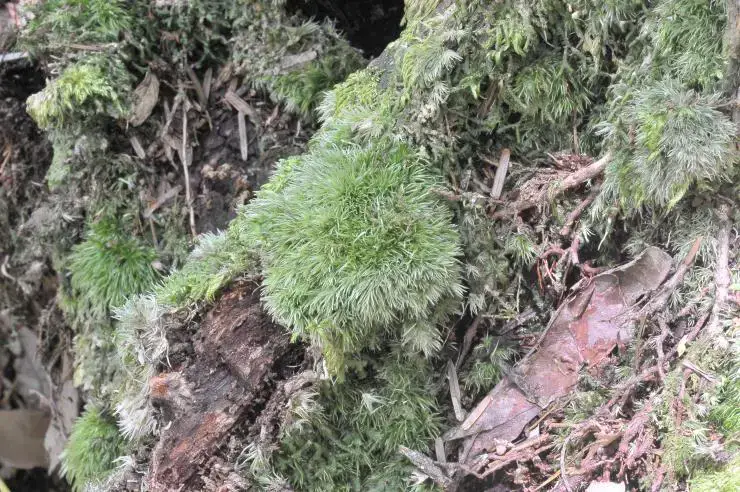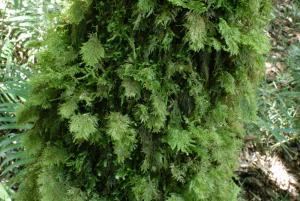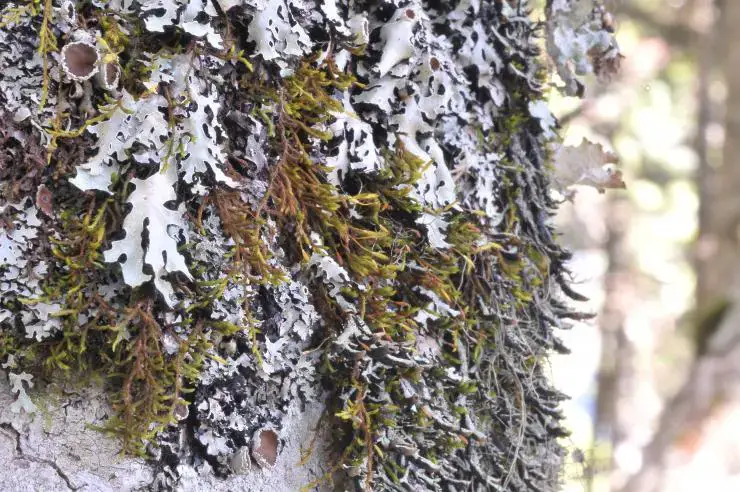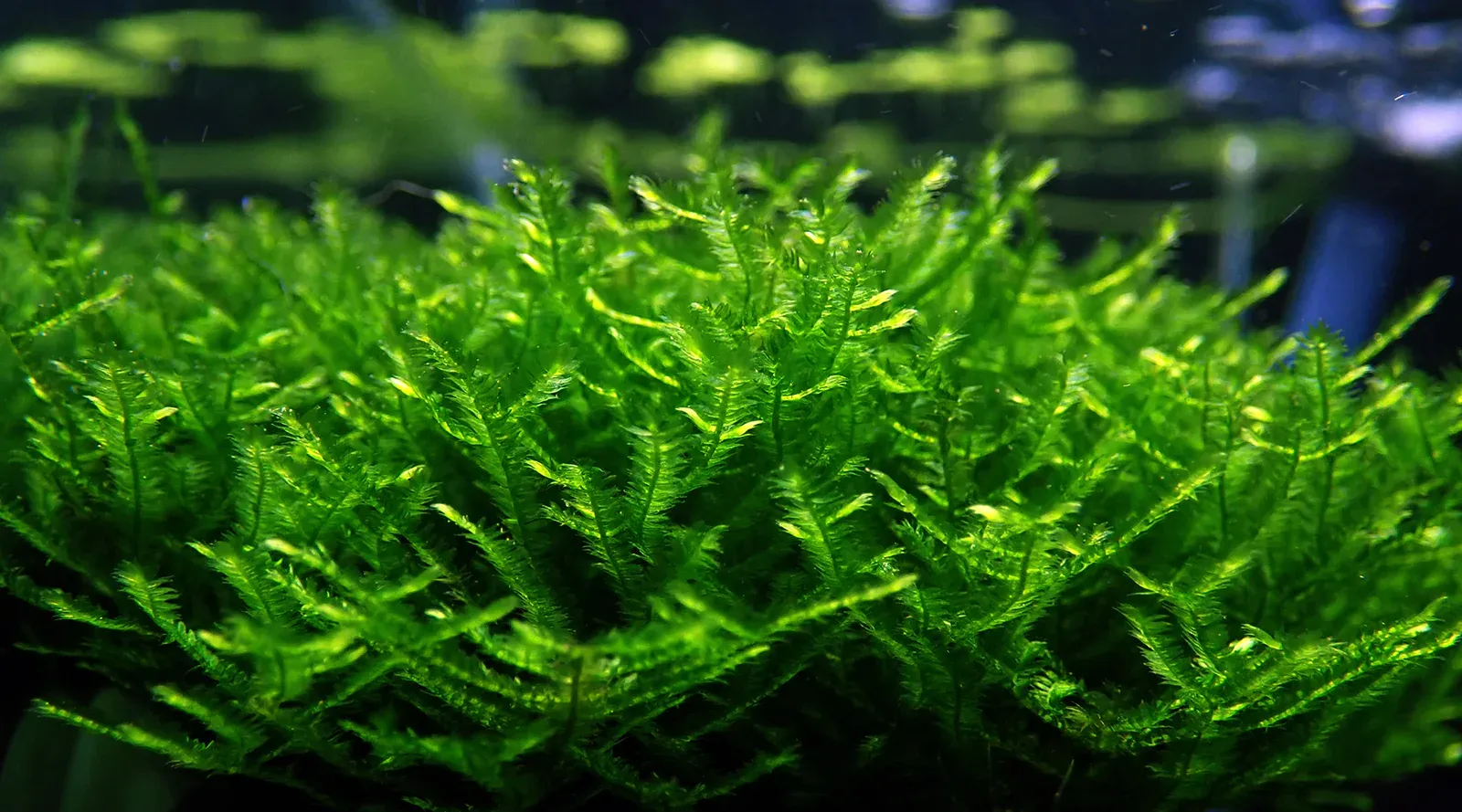
16083595bb6b5297d4932aee5f359826.jpg from: https://openmuseum.tw/muse/digi_object/2355523fe7d6b11d4b7a8ac495911fd7
Exploring the Fascinating World of Lepidopilum curvirameum Moss
Introduction
Mosses are small but mighty plants that play important roles in ecosystems around the world. One particularly interesting species is Lepidopilum curvirameum (Müll.Hal.) Paris, a moss in the Pilotrichaceae family. Also known simply as Lepidopilum, this moss has some unique features that make it stand out. In this blog post, we’ll take a closer look at the morphology, distribution, habitat, and ecology of this fascinating bryophyte.
Background on Mosses
Mosses are non-vascular plants in the division Bryophyta. They lack true roots, stems, and leaves, instead having simple structures that serve similar functions. Mosses reproduce via spores rather than seeds and require moisture for sexual reproduction. There are over 12,000 species of moss found all around the world, from the Arctic to the tropics.
Morphology and Identification

5622e6df2ce9f1051a576c6c516b9db2.jpg from: https://taieol.tw/muse/digi_object/2355523fe7d6b11d4b7a8ac495911fd7

5856d54f21c593d9017a4c708465902e.jpg from: https://openmuseum.tw/muse/digi_object/944be5363af1050246cc941b5ca41998
Lepidopilum curvirameum is a pleurocarpous moss, meaning its sporophytes grow laterally from the sides of the stems. Its scientific name comes from the Latin words meaning “curved branches”, referring to the characteristic curved shape of its branch tips. The leaves are oblong-lanceolate with fine, elongated cells. Capsules are cylindrical and borne on long setae.

Hooker-Moss-Side-View_1600x.jpg from: https://luckyaquatics.com/collections/aquarium-moss
Global Distribution and Habitat
This moss has a neotropical distribution, found in Central and South America, parts of the Caribbean, and southern Mexico. It grows on tree trunks, branches, and sometimes rocks in moist, shady forests from lowlands to lower montane elevations. Lepidopilum curvirameum is often found in association with other epiphytic bryophytes and lichens.
Ecological Roles and Adaptations
Like other mosses, L. curvirameum plays important roles in its forest ecosystems:
- Captures and retains moisture
- Provides habitat for micro-organisms
- Contributes to nutrient cycling
- Helps with temperature regulation and prevention of soil erosion
Its curved branch tips may help it efficiently capture water from mist and humid air. The finely elongated leaf cells likely assist with moisture retention.
| Characteristic | Description |
|---|---|
| Division | Bryophyta |
| Class | Bryopsida |
| Family | Pilotrichaceae |
| Genus | Lepidopilum |
| Species | L. curvirameum |
| Growth Form | Pleurocarpous |
| Habitat | Epiphytic, sometimes saxicolous |
| Distribution | Neotropical |
Conclusion
Lepidopilum curvirameum is a prime example of how even tiny mosses can be captivating when you take a closer look. Its unique morphology and ecological adaptations demonstrate the incredible diversity within the world of bryophytes. Next time you’re in a tropical forest, take a moment to appreciate the miniature world of mosses like Lepidopilum – you may be surprised by what you discover! What other secrets do you think bryophytes hold?